Levantine Cuisine Will Make Your Taste Buds Sing

Okay. That’s a corny title. But food from this part of the world offers something everyone will like.
What is Levantine? Glad you asked.
Levantine (LEV-un-teen), refers to the Levant, an area on the east end of the Mediterranean, which includes the present-day countries of Israel, Jordan, Syria, and Lebanon. About 45 million people live in this area today—Jews, Turkmens, Kurds, Armenians, and Assyrians.[1]
The term comes from the French word lever, “to rise,” as in sunrise, meaning the east.[2] It was first used in English in 1497 to refer to Mediterranean islands east of Italy and was associated with commerce and trade from Venice to the lands eastward.[3] The Arabic term is Al-Mashriq, “where the sun rises.”[4]
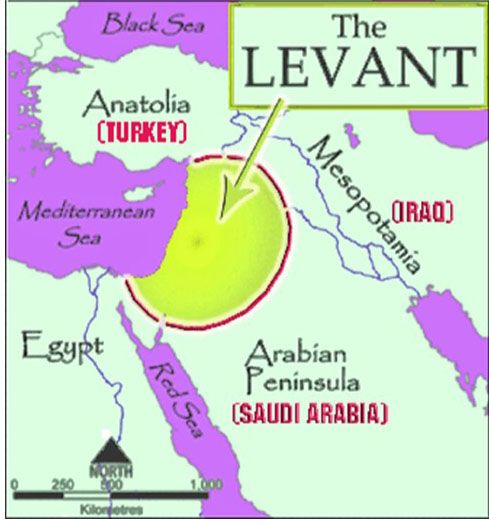
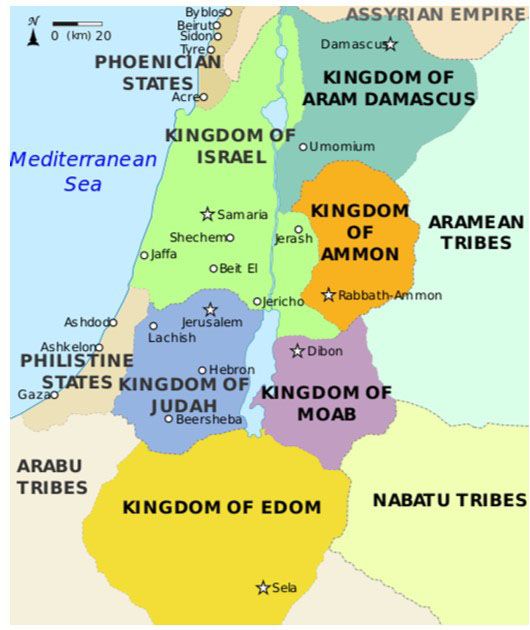
The term is often used in reference to the ancient lands in the Old Testament of the Bible (Bronze Age): the kingdoms of Israel, Ammon, Moab, Judah, Edom, and Aram; and the Phoenician and Philistine states. Important cities include Jerusalem, Jericho, Petra, Beersheba, Rabbath-Ammon, Ashkelon, Tyre, and Damascus. [5]
Just as we Americans enjoy foods from neighboring Mexico and recipes coming with our “melting pot” immigrants, foods from surrounding countries have made their way into Jordan. Most of the dishes I will cover in this blog post fall into that category, but the first one is pure Jordanian.
Mansef (MAN-sahf) – Meat and rice
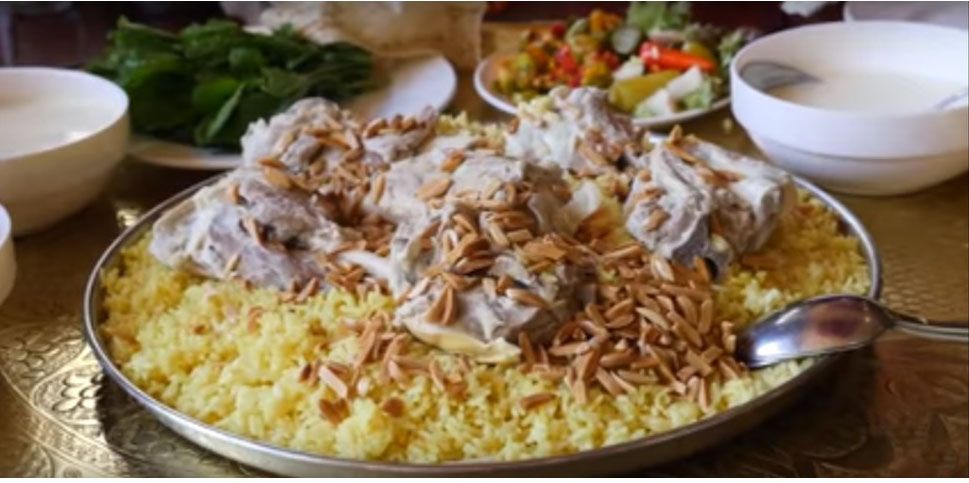
This main course has its roots in the Bedouin culture. It is the special meal cooked to celebrate life events and to cement an agreement. Entwined with the country’s famous hospitality, it is rightly called its national dish. Butter, yogurt, big hunks of camel or sheep meat (in the Bedouin style), sometimes calf meat, all combine in this fatty meal which is eaten by rolling it into a ball with the right hand.
Nowadays, in a nod to tourists, some cooks will use chicken, but there is a famous saying, “Chicken mansaf won’t satisfy a true Jordanian.[6]
If you are interested in learning more about mansaf, click here and start at minute 3:00.
MULUKHIYAH/MOLOKIAH (mo-lo-KEE-a) – Jute leaf soup
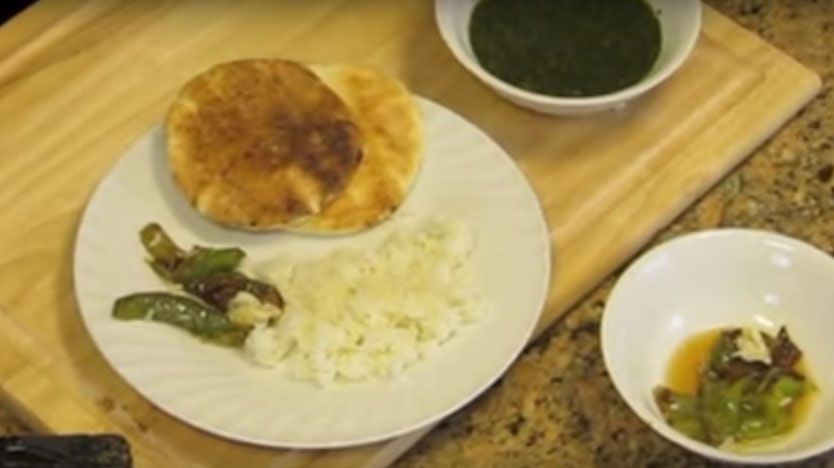
This dish originated in Egypt from the time of the pharaohs and was known as “the food of the kings.” It is named from the green jute leaves, molokiah, which are an ingredient. The Jordanians and Palestinians shred the leaves before cooking until it slimy. Syrians and Lebanese keep the leaves rough cut. Rice and chicken are the other main ingredients.
It doesn’t look that great to me, but it is supposed to taste very good.
After ladling into the bowl, squeeze a lemon into it, and if you like spice, put a dash of hot chili sauce.[7]
Click here to watch it being made by an Egyptian lady.
WARAK ENAB (WA-rak eh-NAB) – stuffed grape leaves
Almost everyone loves warak enab. These grape leaves are stuffed with rice and meat and cooked in a very large pot. Depending on which country you are in when you eat it, stuffed zucchinis, green peppers, tomatoes, onions, and carrots are added to it. It takes a while to prepare.[8]
Here is a cooking lesson for these stuffed grape leaves.
MAQLUBA (mak-LU-bah) – upside-down chicken rice platter
This word means “turned over” dish. Rice, potatoes, chicken, and cauliflower are layered in a big pot. The trick and great attraction for the children is when the time comes for Mother to turn the pot over onto a flat plate. It comes out with rice on the bottom and meat on the top. It is often paired with olive-soaked salad or cold fresh yogurt on the side.[9]
Enjoy the show at this site.
MUJADARA ( mu-JA-da-RA) – rice, lentils, and caramelized onions
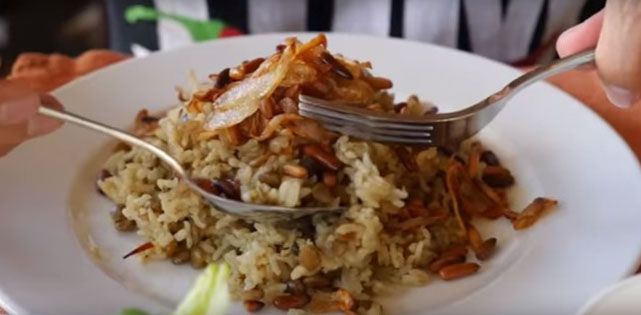
This is a healthy, protein-heavy dish which comes together quickly. Dump rice and lentils into a big pot. As usually, it is seasoned with generous doses of cumin and other spices. A pile of onions are caramelized while it cooks and are placed atop the mound of food after it is served on a plate. Yogurt or salad are side dishes.
As you can tell, Jordanians love yogurt.[10]
To see this dish being put together, click here and start at minute 6:27 https://www.youtube.com/watch?v=Xg7cU4-4u1A
MUSAKHAN ( em-sa-KHAN) – like a spiced-chicken pizza
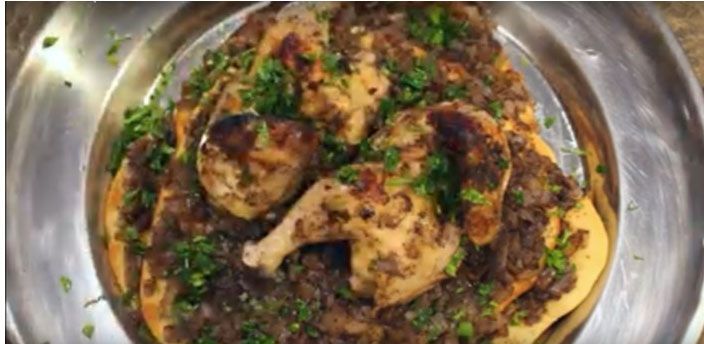
This comes from both Palestinian and Jordanian sources. At first glance, it looks rather untidy and thrown together. I call it a Jordanian pizza. It is made from taboon bread soaked in olive oil and garnished with heaps of onions and sour spices, with out-of-the-oven chicken on the side. Yum, yum![11]
Watch this cook make musakhan
SHORABAT ADAS (SHOR-bat AHD-as) – lentil soup
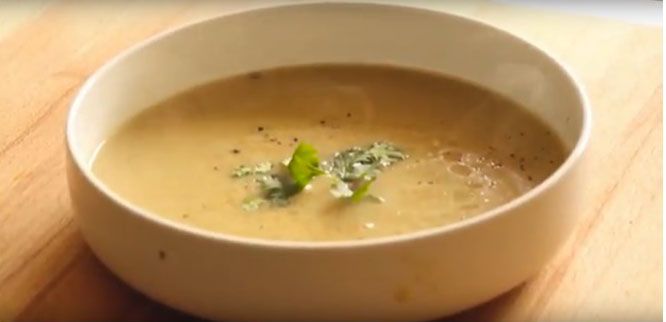
This is the most frequently ordered dish on restaurant menus in the winter. Cold and rainy days, especially in the middle and northern parts of Jordan, beg for this warm, satisfying cup of lentil soup. It strengthens the immune system and warms you. They often pair it with toasted bread, a squeeze of lemon juice, and green onions.[12]
Watch its preparation here. https://www.youtube.com/watch?v=6Zb5gFcz-oo
KOBBEH/KIBBEH (KO-beh or KI-beh) – meat, groats, and special peppers

No one really knows where this football-shaped, fried delight originated. Virtually all Arabs eat it and put their special touch on it depending on which country it is made in. It is light and filling and often is eaten as a dish in mezzeh, the table full of appetizers bowls.
The ingredients are herbed, minced meat covered in a crust of bulgur (crushed wheat) and usually fried[13]. It can also be baked or eaten raw. According to taste, it is shaped like an American football, a lemon, or a pancake. In Jordan, they go with a football.[14]
Here is a fun video showing it being made. https://www.youtube.com/watch?v=29EyE_4Rpgg
KANAFE (ka-NA-fe)
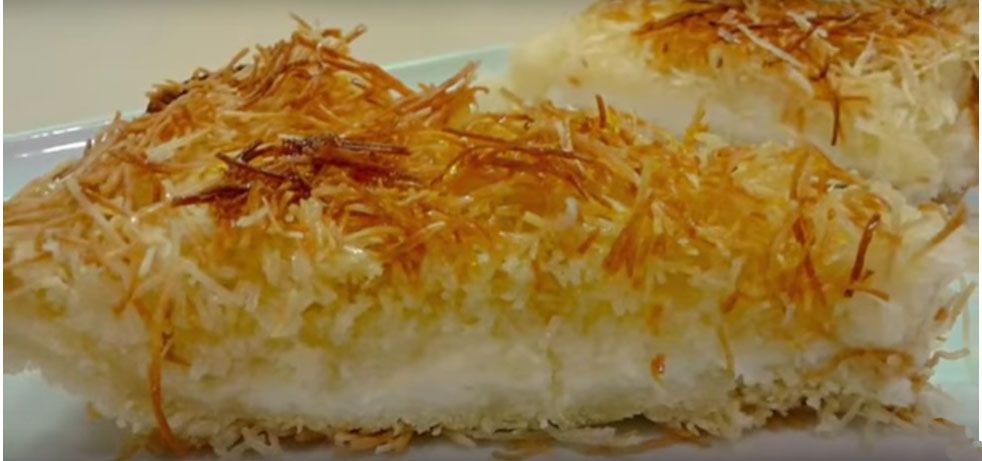
Let’s change things up a little and look at an extremely popular dessert. The ingredients are:
- Lemon juice
- Cornstarch
- Sugar
- Semolina
- Pistachios
- Ghee or butter
- Heavy whipping cream
- Cheese
- Rose water
- Orange blossom water
Every video I have watched raves about how delicious this is. If you want to see it made, click here.
MEZZE (MEH-zay) – selection of small dishes serving as appetizers
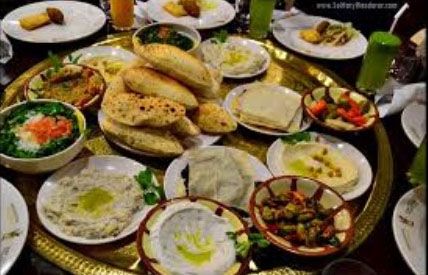
Perhaps I should have placed mezze first in our line-up of foods because this is a collection of small bowls of various foods. They are appetizers but are also served with the main course. They are similar to the Spanish tapas. Most countries located around the Mediterranean have their own of this course.
Mezze comes from a Persian word meaning, “To taste.”[15] It often makes up an entire meal, combining both cold and hot, vegetarian and meat items, pickled and raw vegetables, hummus and falafel, dips and breads. I can make a meal from the dishes in mezze.
I could have listed at least thirty types of foods prevalent in Jordan, but I needed to keep this blog post to a certain length. These ten give you a feel for the type of food Jordanians prepare and love to eat.
When we were in Jordan, Al and I mostly ate meals in the home of our hosts. Their cuisine was usually familiar American food. We did eat at the world-famous Ali Baba’s restaurant in downtown Aqaba a few nights after we arrived.

We ate al fresco on a lovely evening in November and enjoyed every bite. I can’t remember the name of the dish I ordered. I do remember it was delicious, along with the tall glass of freshly squeezed orange juice.
The next day as we wandered the shouk (marketplace) downtown, we stopped for a fresh concoction of apple, banana, orange, lime, and pomegranate juices blended together. It was about 82 degrees, and I was not comfortable walking around in the hot sun. Imagine my surprise to see the local folks bundled up in winter coats and hoodies. I guess 82 can seem cold when you live through 120-degree summers.

Many of the dishes I have mentioned use olives and olive oil with great gusto. Olive oil is used in virtually every dish. I’m crazy about olives of all colors and varieties. They were everywhere in the marketplace.
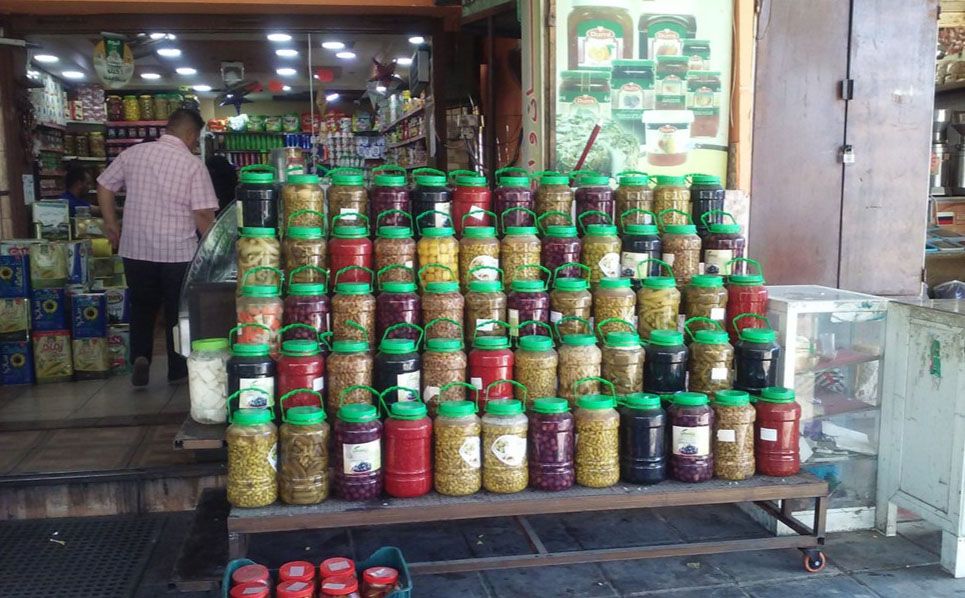
As usual, I have barely given you a dusting of information about my subject matter. I hope it will spur you to do some research of your own and find local Middle Eastern restaurants.
I was pleased to discover even though most Jordanians are voracious meat eaters, there are many options for vegetarians like me. Vegetarianism is a fairly new concept in Jordan. I recently discovered a person can use a couple of phrases in eating at a restaurant there and be assured they can place a meatless order:
- Ana nabateeyah: I’m a vegetarian (females)
- Ana nabatee: I’m a vegetarian (males)
- Ana la akol allahm: I don’t eat meat
I didn’t mention falafel or hummus, which are two of my favorite dishes. They are fairly well known in the U.S., so I talked about foods that you may not have heard of.
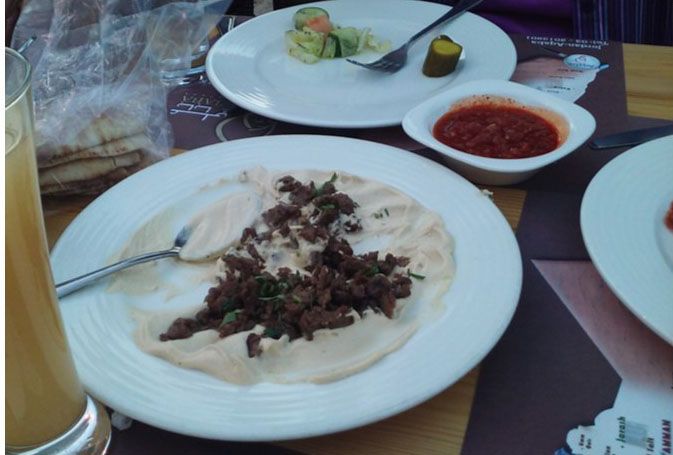
As I researched the information for this blog post, reading articles and watching videos, my mouth began to water in preparation to eat. It was so disappointed when I popped a bite of garlic mashed potatoes in my mouth instead.
Eating Jordanian food is one thing I am greatly anticipating after we move. Several in the Messianic community lost weight the first year they lived there because they ate more fresh fruits and vegetables than they were used to. I’m counting on that happening in my life.
I encourage you to try making some of these scrumptious recipes in your own kitchen. Or if you are like me, and consider meal prep a chore, scout out Middle Eastern restaurants in your area. You might be that rare person who does not care for Middle Eastern food. Jordan has a solution. In downtown Aqaba you can find a familiar place to satisfy your discriminating palate.
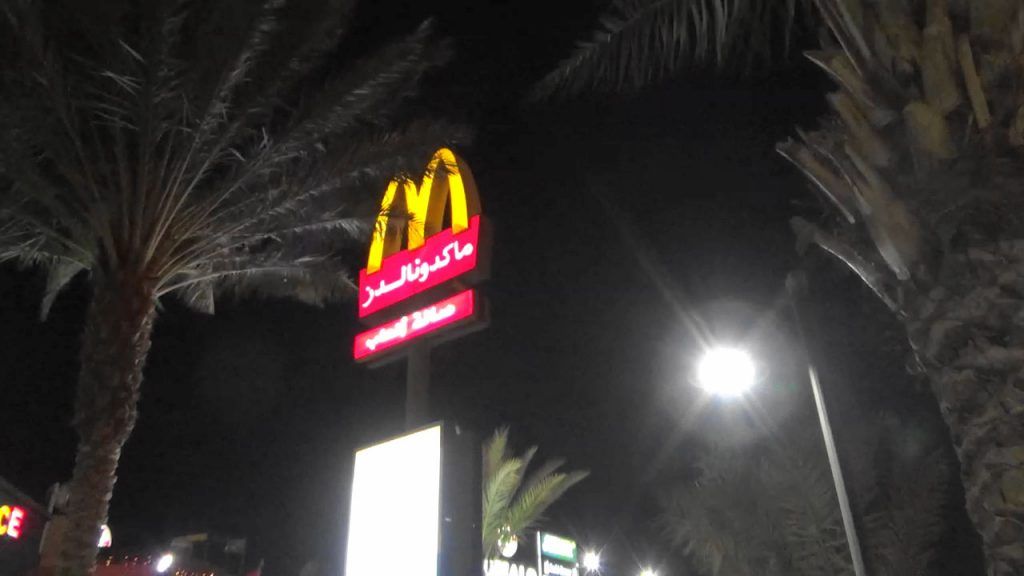
Next time, Al will be our guest blogger reporting on a similar topic, “Grocery stores and the Souk.” Until then—
As-salāmu ‘alaikum (Peace be upon you – Arabic)
Shalom aleichem (Peace be upon you – Hebrew)
Shlomo ‘aleykhun (Peace for you – Aramaic)
Pax vobiscum (Peace be upon you – Latin)
Adiós (Good-bye – Spanish)
Bye y’all (Good-bye – Okie)
[1]https://www.worldatlas.com/articles/where-is-the-levant.html Accessed 02/18/2020
[2] https://www.britannica.com/place/Levant Accessed 02/18/2020
[3] Ibid., World Atlas Accessed 02/18/2020
[4] Ibid., Britannica Accessed 02/18/2020
[5] https://www.thoughtco.com/maps-of-the-levant-119279 Accessed 02/18/2020
[6] https://theculturetrip.com/middle-east/jordan/articles/10-traditional-jordanian-dishes-you-need-to-try Accessed 02/28/2020
[7] Ibid., The Culture Trip. Accessed 02/19/2020
[8] Ibid., The Culture Trip
[9] Ibid., The Culture Trip
[10] Ibid., The Culture Trip
[11]Ibid., The Culture Trip
[12]Ibid., The Culture Trip
[13] https://uncorneredmarket.com/jordan-food/ Accessed 02/18/2020
[14]Ibid., The Culture Trip
[15]Ibid., The Cornered Market. Accessed 02/19/2020
